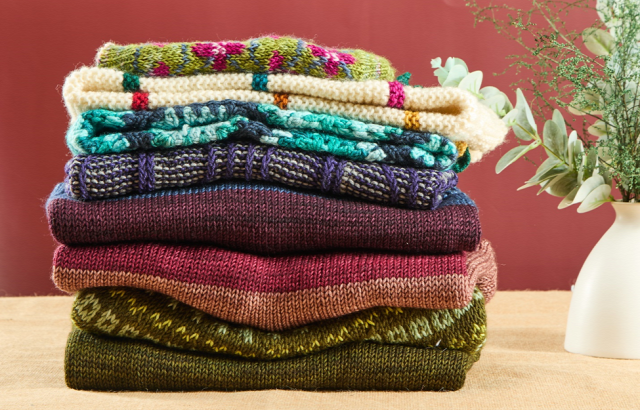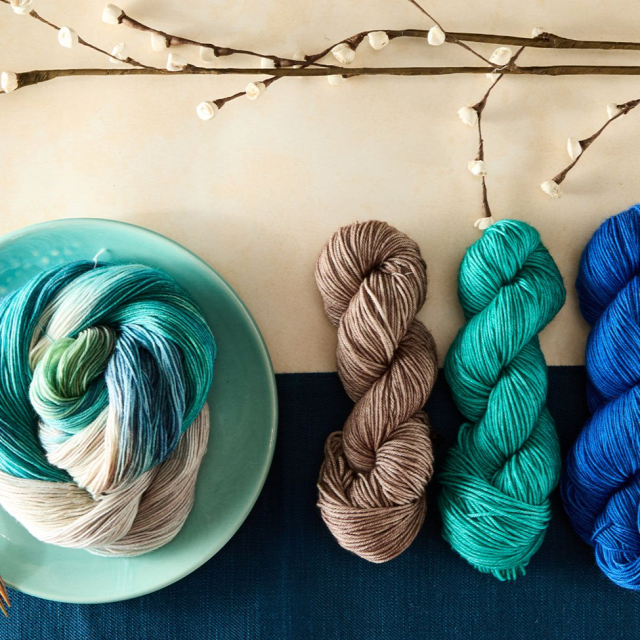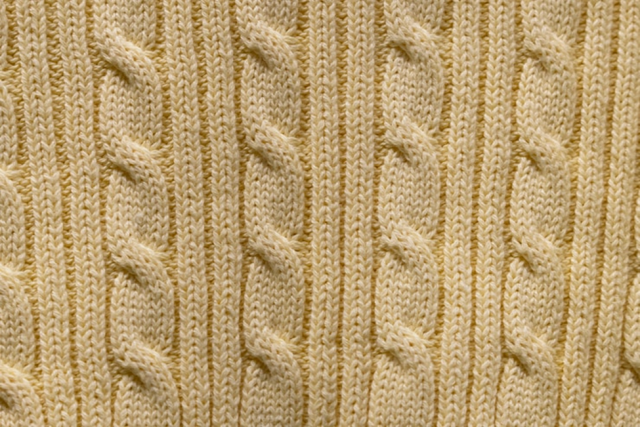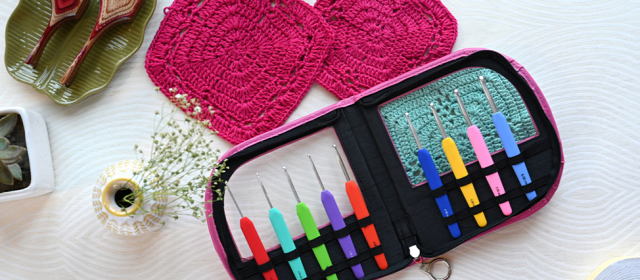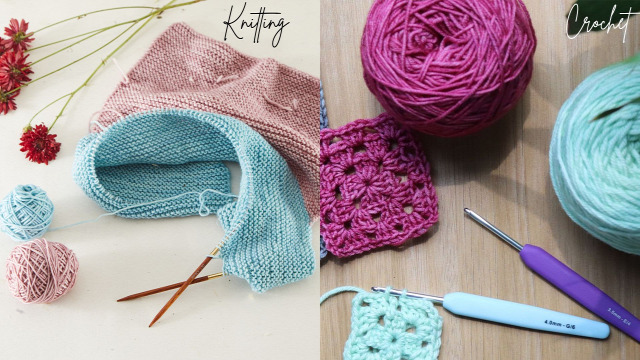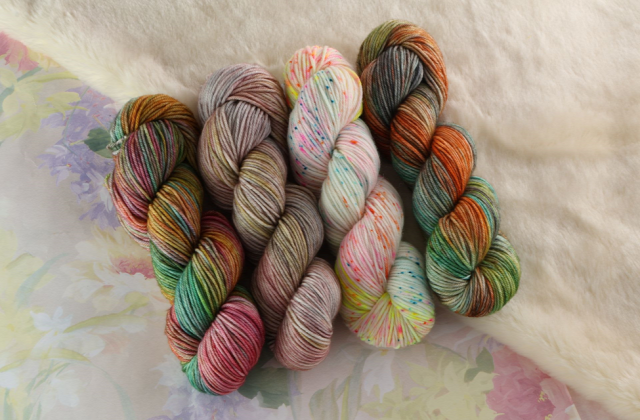
Selecting the appropriate yarn for your project means laying the foundation for your creativity. Choosing the suitable yarn for your project will affect the texture, appearance, longevity, and overall success of your creations. The right yarn for a project depends on what you are making. What suits a sock may not be a good option for a baby blanket. With so many varieties available, ranging from merino wool to blended fiber, lightweight to chunky yarns, there's a whole world out there. With Symfonie hand-dyed yarns , you can work on any knitting or crochet project. In this blog, let's explore how to choose the best yarn for your project.
Here are some factors that you can keep in mind:
1. Understanding Yarn Weight
The gauge and drape of the fabric are directly affected by the yarn weight, which is considered the thickness of the yarn strands. Choosing the correct yarn sizes ensures that your project achieves the desired look. Let's summarize some of the yarn weights:
- Fingering weight yarn : This fine, lightweight yarn is perfect for creating delicate projects like shawls, socks, and baby clothes. Due to the smooth texture, this yarn works perfectly with crochet and knitting techniques.
- DK weight yarn : This yarn falls into the lightweight category, but it's thicker than worsted-weight yarn. Thanks to the medium-thickness characteristics of DK-weight yarn , it is perfect for making garments, accessories, and home decor items.
- Worsted Weight yarn : This flexible, medium-thick yarn is frequently used to make scarves, blankets, and sweaters. Because of its easy handling and balanced thickness, worsted-weight yarn is the preferred choice for beginners.
For more detailed information, you can always check the yarn weight table for standard gauges and suggested needle or hook sizes for each weight group, which will help in choosing the right yarn for your project.
Also Read: The Ultimate Guide to Yarn Weights: Fingering, DK (Double Knit) vs Worsted
2. Fiber content
The feel, flexibility, maintenance, and warmth of your finished items are greatly affected by the fiber quality. Here are some points that you can consider:
- Wool: Suitable for sweaters, hats, and shawls. It provides exceptional warmth during the colder days.
- Cotton: Perfect for summer clothes and dishcloths, it is breathable and absorbent.
- Synthetic: This fiber is like acrylic, which is strong and machine washable . It is ideal for those items that need little maintenance.
3. Color Consideration
Color selection affects the visibility of the stitch pattern in your project, besides the looks. The following advice will help you to choose the right color:
- Solid Colors : The solid hues are ideal for highlighting intricate patterns like lace or cables.
- Variegated yarn : Finding the right color for your project is now easy thanks to the internet. These yarns work well for straightforward designs that highlight color variations.
- Darker shades: These darker hues sometimes make it harder to see the stitches, especially the elaborate design. It is perfect for only simple stitches.
So, when choosing the right color, always consider the project you are working on.
4. Swatching
This is the essential step in the craft project. To check the drape, gauge, and project appearance, you can create a swatch or small sample of your item. Here are some points to consider:
- Crochet or knit the sample: Make the sample of your project using the same yarn and tools that you will be using to create your project. This will give the final appearance and texture of your creation.
- Wash and Block : This process will help in determining the gauge and drape of your item and show how your yarn will behave after cleaning and blocking.
- Measure Gauge : Make sure the stitches and rows created correspond to the pattern by counting them. A proper gauge ensures that your final item will fit as planned.
5. Safe and Gentle on Skin
It is important to see that the yarn is safe to wear, especially for babies and children. Wool yarn is also a great choice because it is warm and protects from the cold.
Also Read: Best Yarn for Baby Blankets and Clothes
6. Project Requirements
To get the perfect results, match your yarn selection to the particular requirements of your project:
● Durability: Select strong yarns for projects that withstand wear and tear, such as socks or bags. Synthetic yarns or wool that is tightly spun make excellent choices.
● Care Instructions: Choose yarns that match if the item must be machine-washable. Superwash wools and acrylics are great options for little maintenance.
● Seasonality: Take into consideration the season, for summer you can choose lighter yarns, and for winter go with warm fiber.
When choosing the suitable yarn for your project, take into consideration knowledge and creative intuition. Make sure the final result of your project will fulfill the expectations in terms of shape and function by taking into account factors like yarn weight, fiber content, color, and project needs. With these points, you'll be ready to tackle the wide world of yarn and create something unique and stunning. Happy Crafting!


